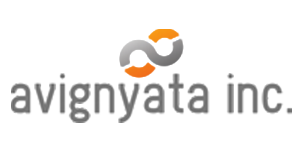LinkedIn is the most professional looking of all the social networking service. It is very oriented toward your professional network and not your broader personal network. In fact, unlike almost all the other sites, LinkedIn doesn’t allow for you to add a photo your personal page. The “connections” are not called friends here.
LinkedIn has a very good resume engine. Basically you put in all of your recent job history, with dates, and the software displays it in a form that looks a lot like a resume. This is the only social networking service that lets you have multiple current professional affiliations, which for me is important. Unfortunately, this site does not allow you to easily list your non-professional affiliations, nor does it allow for you to separate job-type affiliations with lesser type affiliations like ‘investor’, ‘member of professional association’, etc.
An important strength and weakness to LinkedIn is that it is much more protective of your privacy. You can’t add anyone to your network unless you know their name and email address, or you have to get a referral from someone who is already your friend. This makes this service much more professional respectable then the other social networking services, which are more casual. For busy and well connected people, this is very important.
I’ve only recently joined LinkedIn, so I haven’t had a chance to use its requests feature yet, but in at least the area of Venture Capital, it seems quite powerful. When I searched on this I got over 500 people that were somehow connected to my social network that I might be able to ask a friend for an introduction.
The biggest weakness of this site is that it tries to be completely self-contained. It doesn’t let you list your website, blogs, or give out your personal information selectively like Ryse does. The only external information that it allows you to share is your email address and that only to friends.

